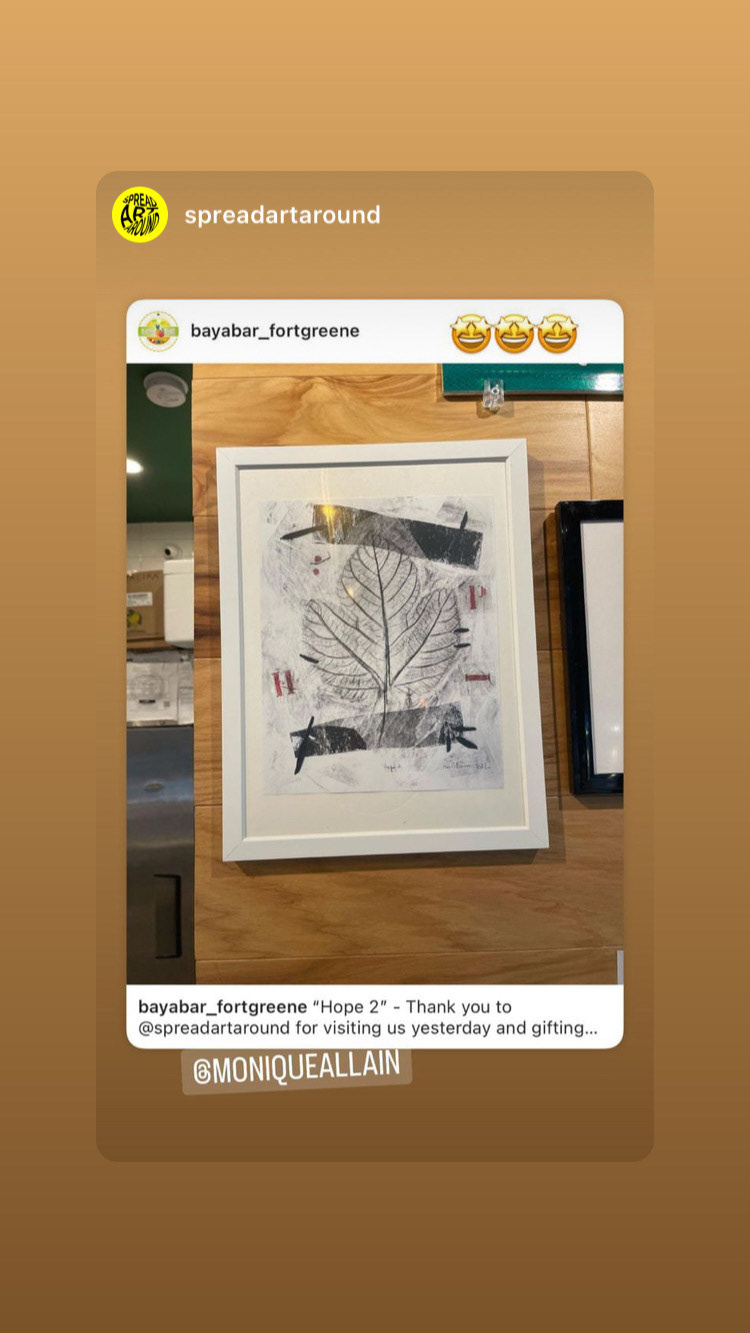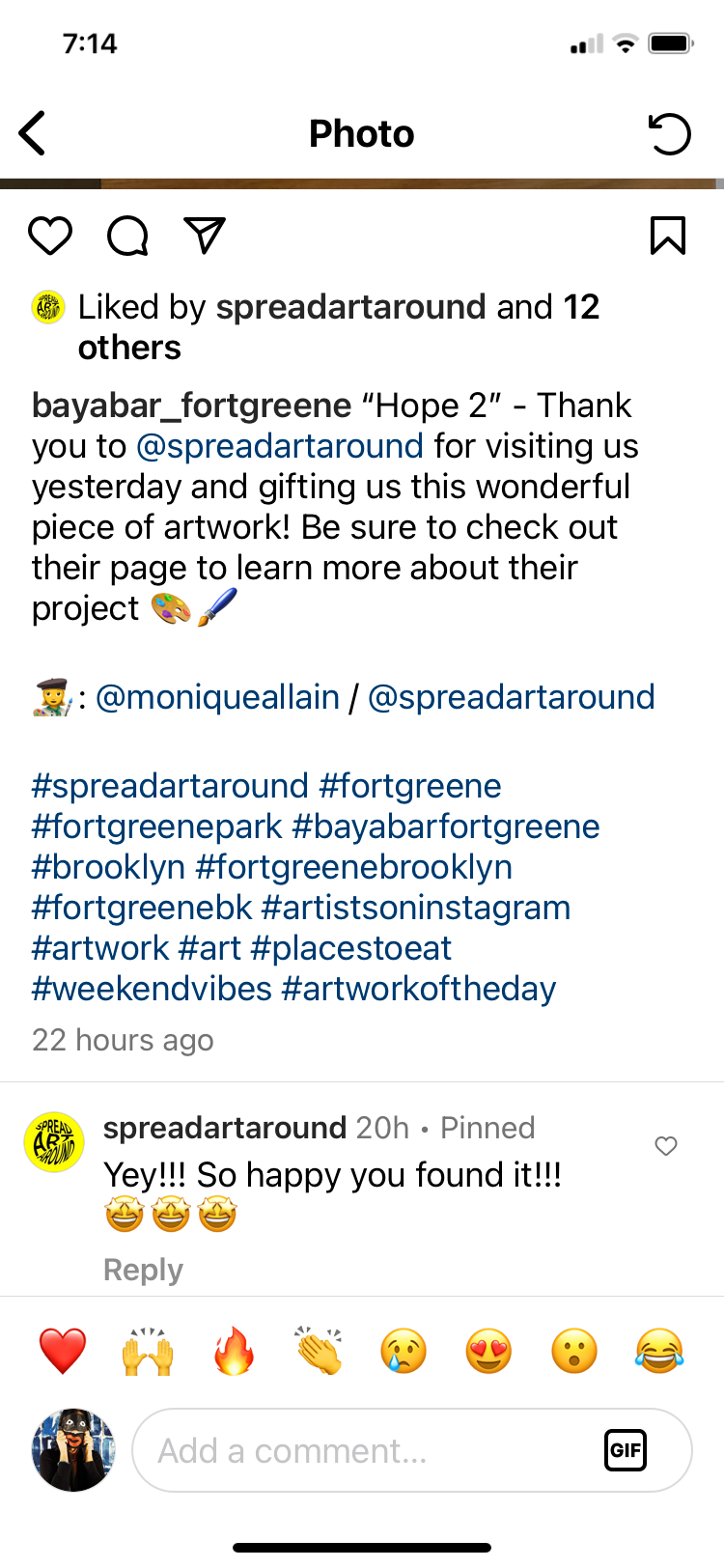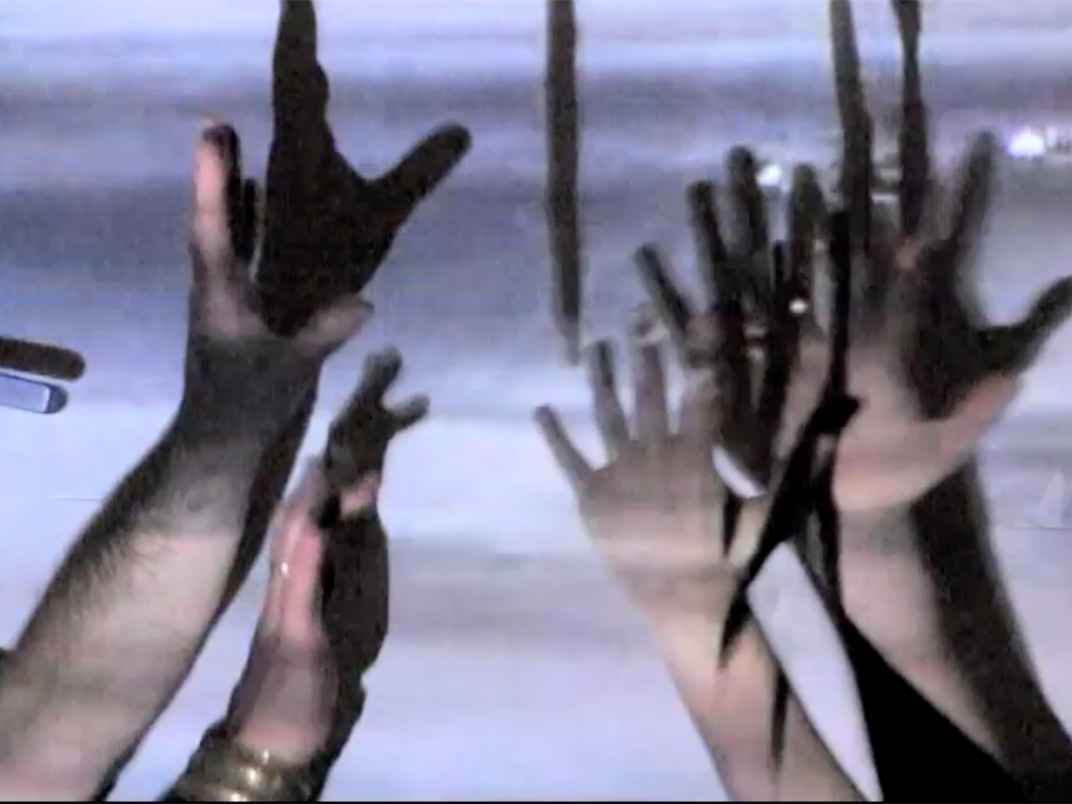GROUNDING EXPERIENCES AND HABITATIONS - Connecting with the space
DIALOGUES - Connections with others
How the unrevealed encrypted message in an artwork may interfere in the connection between the piece and the viewers?
T-LL=S M+T-R
T-LL=S M+T-R, 2023, Cipher Voice series, mixed media (frottage, drawing, collage and sewing with graphite, colored pencils, India ink, gesso, glue, acrylic gel, acrylic paint, paper, threads and strings on a wood panel), 12"x 12".
B+RT:LXN+ SXS+
B+RT:LXN+ SXS+, 2023, Cipher Voice series, mixed media (frottage, drawing, collage and sewing with graphite, colored pencils, India ink, gesso, glue, acrylic gel, acrylic paint, threads, paper and strings on a wood panel), 12" x 12".
This work is an homage to the Yanomami and other indigenous people that are suffering and dying because of the lack of protection and assistance from the previous Brazilian government. They are guardians of the forest, which has been decimated by gold miners and farmers. The piece presents the figure of Bartolina Sisa, an indigenous heroine from the XVIII century, who defended her people against the domination and abuses of Spanish colonizers. She is wearing a headdress made with plant leaves instead of feathers. Sisa was murdered on September 5th 1782. Since 1983, the International Day of Indigenous Women is celebrated every 5 September honoring the date of her death.
C:-XXST-NC-
C:-XXST-NC-, 2022, Cipher Voice series, mixed media (frottage, drawing, collage and sewing with graphite, colored pencils, India ink, gesso, glue, acrylic gel, acrylic paint, paper, threads and strings on wood panel), 10" x 8".
H:P-
H:P- 2, 2022, Cipher Voice series, mixed media (frottage, drawing, collage and sewing with graphite, colored pencils, India ink, gesso, glue, acrylic gel, acrylic paint, paper, threads and strings on wood panel), 10 x 8 in.
This work is part of the participatory project @spreadartaroun proposed by Carin Dangot. A print of the piece was left as a gift at the intersection Lafayette Ave. and South Elliott Pl. in Brooklyn NY, on June 16th at 1PM and was found by bayabar_fortgreen.





Instagram posts
H:P-, 2022, Cipher Voice series, mixed media (frottage, drawing, collage and sewing with graphite, colored pencils, India ink, gesso, glue, acrylic gel, acrylic paint, paper, threads and strings on wood panel), 10" x 8".
B-GXNNXNG :F TH- W:RLD
B-GXNNXNG :F TH- W:RLD, 2022, Cipher Voice series, mixed media (frottage, drawing, collage and sewing with graphite, colored pencils, India ink, gesso, glue, acrylic gel, acrylic paint, threads and strings on paper), 8" x 8". This work is part of the participatory project @spreadartaroun proposed by Carin Dangot. The piece was left as a gift at the intersection of DeKalb Ave and South Elliott Pl. in Brooklyn NY, on December 15th 2022 at 8 PM.
Instagram posts
LXF-
LXF- 2, 2022, Cipher Voice series, mixed media (frottage, drawing, collage and sewing with graphite, colored pencils, India ink, gesso, glue, acrylic gel, acrylic paint, threads and strings on paper), 8" x 8". This work is part of the participatory project @spreadartaroun proposed by Carin Dangot. The piece was left as a gift at Grand Central Station near the Information Desk, in NYC, on November 23rd 2022 at 3:45 PM.
Instagram posts
LXF-, 2022, Cipher Voice series, mixed media (frottage, drawing, collage and sewing with graphite, colored pencils, India ink, gesso, glue, acrylic gel, acrylic paint, threads and strings on paper), 8" x 8". This work is part of the participatory project @spreadartaroun proposed by Carin Dangot. The piece was left as a gift at 276 Titicus Road, North Salem, NY, on November 14th 2022 at 5:25 PM.
Instagram posts
P-+C-
P-+C-, 2022, Cipher Voice series, mixed media (frottage, drawing, collage and sewing with graphite, colored pencils, India ink, gesso, glue, acrylic gel, acrylic paint, threads and strings on paper), 8" x 8". This work is part of the participatory project @spreadartaroun proposed by Carin Dangot. The piece was left as a gift on the sidewalk near 651 Fulton St, Brooklyn, NY, on November 9th 2022 at 7:20 PM.
Instagram posts
My voice is my work.
As a biologist at first, I worked with environmental preservation and developed a strong connection with nature. There are so many disasters happening right now in the world..., depredation of the Amazon rainforest, deterioration of the environment, indigenous populations decimated due to lack of protection and care by governments, hunger, wars…, there is very little good news! I want to shake who does not care about all these tragedies. Through my work, I wish to call attention to the urgency of doing something to avoid a collapse of our environment and our (un)civilization.
About CODES
“Man is an ‘alienated’ animal, who must create symbols and order them in codes if he wants to bridge the gap between himself and the ‘world’. He must attempt to ‘mediate’. He must attempt to give the “world” meaning…
… Wherever one discovers codes, one can infer human presence.”
Vilém Flusser
Language is code.
Codes can improve the control of, and access to information, and allow us to safeguard information and preserve memories.
From antiquity on, codes have facilitated communication. They can be hidden, secretive and mysterious. Early civilizations created symbolic alphabets such as cuneiform and hieroglyphics. In the nineteenth century Morse code was invented in conjunction with the telegraph.
In 1973 the philosopher Vilém Flusser in a conference in Paris was already anticipating the transformation that digital technology would cause. Since the 1980s our society has changed radically. We live in a word generated and controlled by codes. A quantum leap in the amount of information readily available has generated the fast and efficient barcodes, QR Codes, binary codes, Ternary codes, algorithms, NFTs, and other types of digital codes, which now permeate our daily lives.
From manual and analogue practices to complex procedures involving AI generative art, digitally generated art and video art, the contemporary scene has been the stage for a great diversity of artistic approaches in which codes are directly or indirectly involved.
How can I appropriate or employ codes in my work? What types of codes? With what means and purpose? How does the mystery of the code influence viewers’ perception of, and connection with, the work?
About @spreadartaround
I was invited by Carin Dangot to participate in her participatory project @spreadartaround, and here I am!
I have been packaging my works as small gifts and leaving them on sidewalks and streets for anyone to find! Not only is it generous and fun, people have been posting pictures of the pieces they find letting me see the places they’ve entered up in. You never know who’s going to find them.
I decide when, and where I drop the art. I just have to announce it one day before to create some anticipation on Instagram and people can look for the art. I also pack it in a transparent plastic with a letter explaining the project so people know what it is before picking it up.









